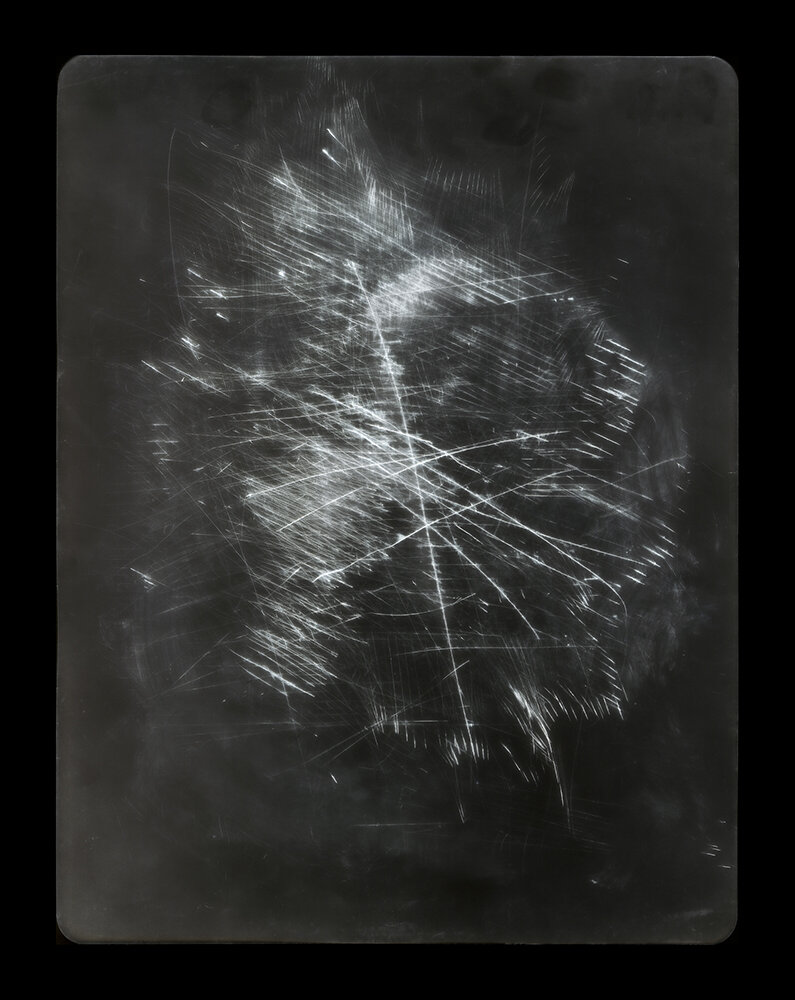
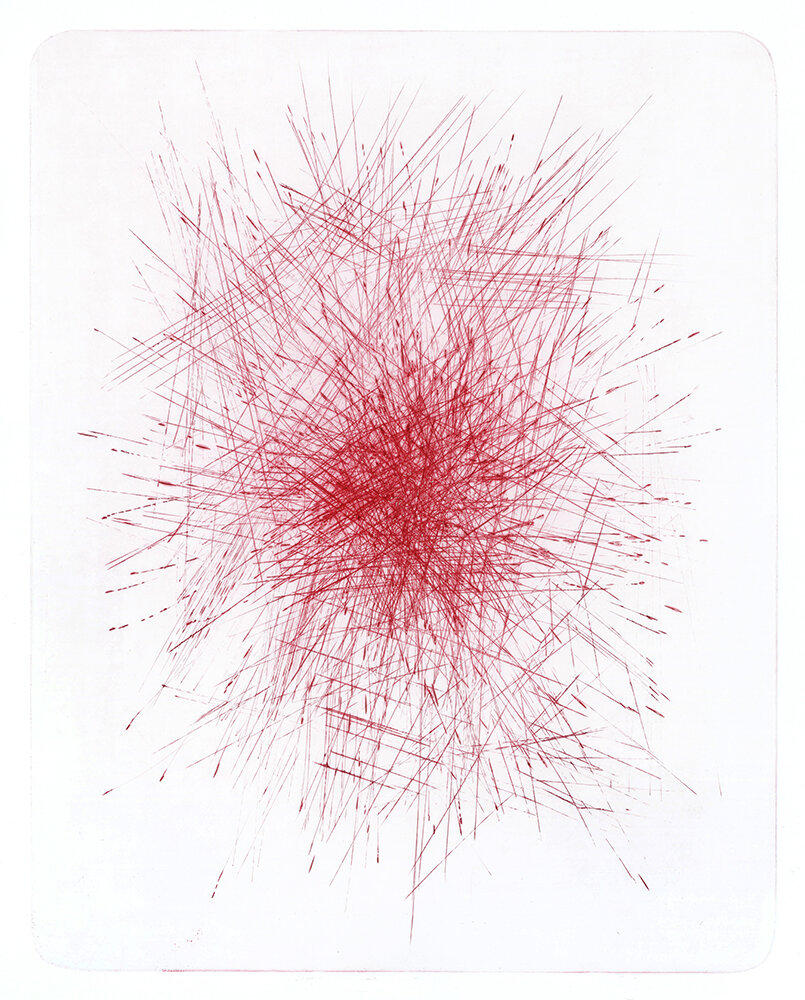
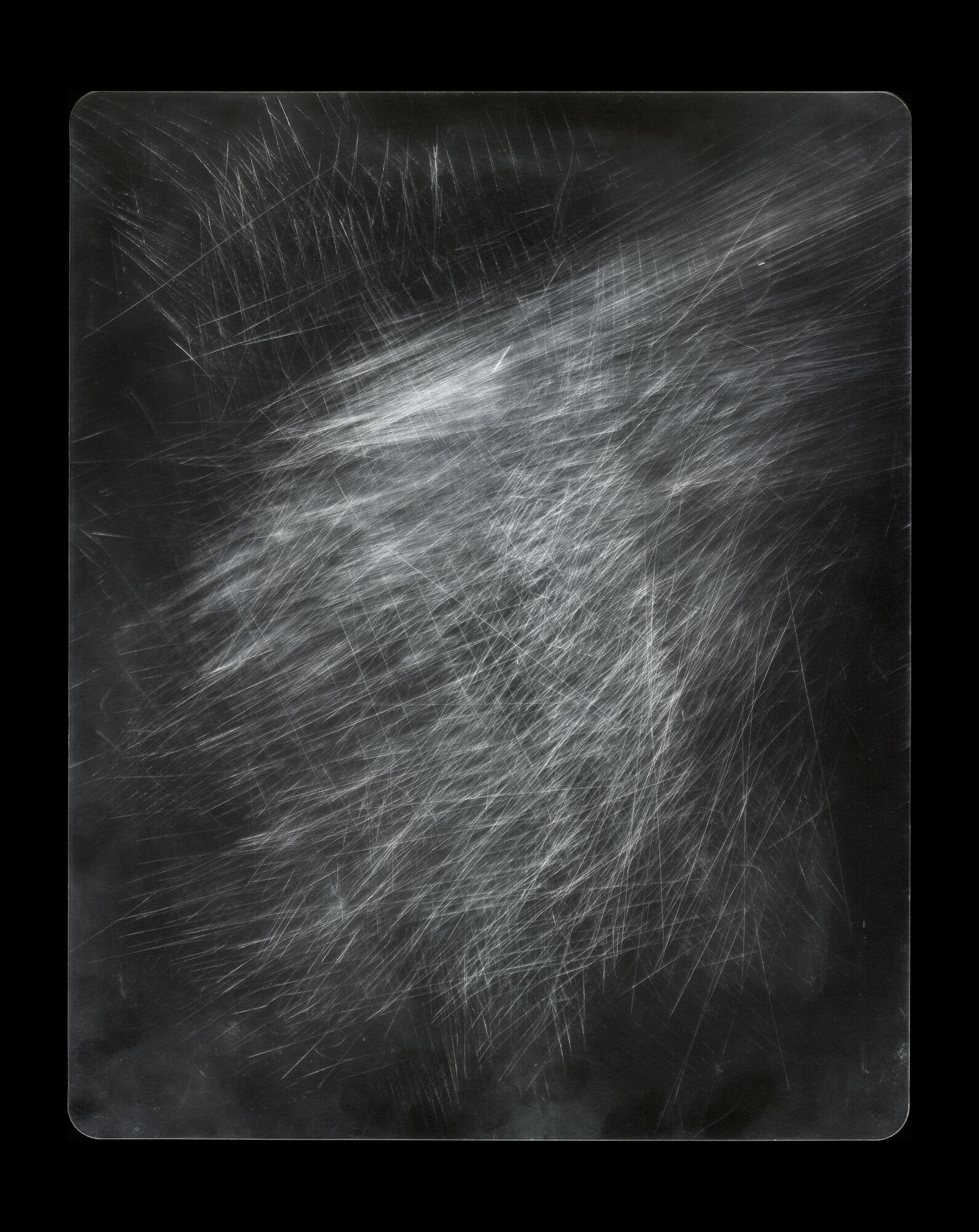
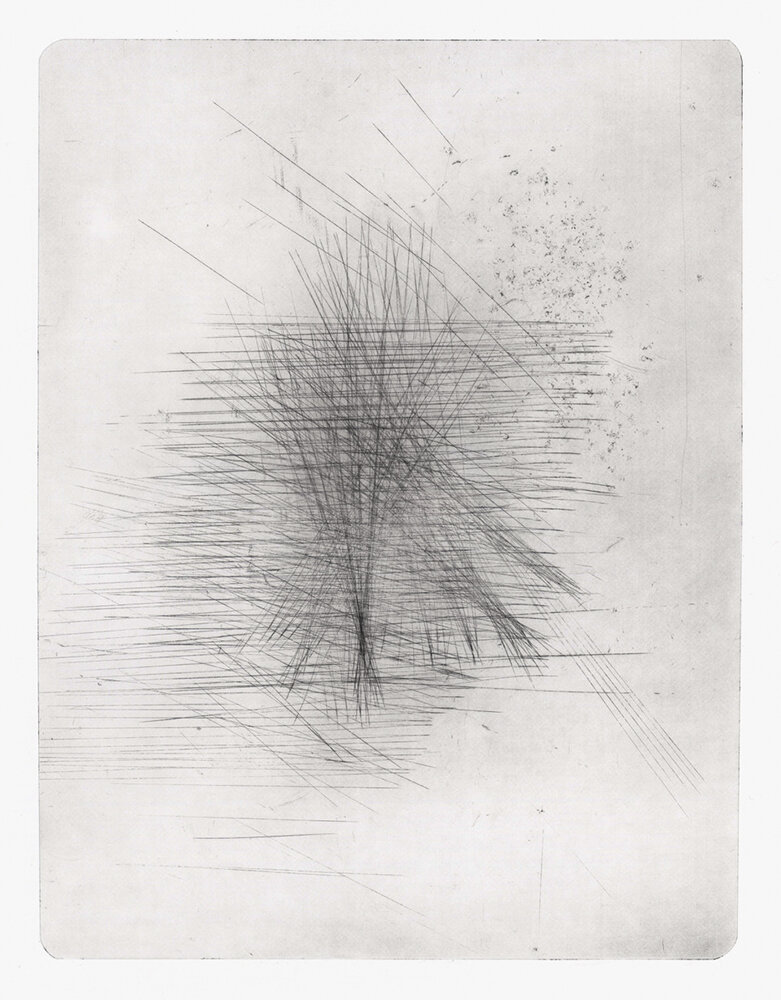
Judy Haberl
The Chef’s Hand & Traces
Gallery Kayafas is pleased to be exhibiting Judy Haberl's newest works, The Chef's Hand and Traces. Known for her imaginative and innovative work, Haberl most recently collaborated with chefs, working in Boston and across the US. Each chef was given a thin, flexible plastic cutting board and asked to use it during meal preparation for several weeks. The cutting boards recorded the marks left behind - cutting, chopping, cleaving, dicing - each chef has a unique hand and style in the art of cuisine.
Finished cutting boards were photographed and printed in the Intaglio drypoint process. The end results are an extraordinary reveal of marks made randomly. Abstract in visual definition yet purposely aligned by the chef with thought only to the meal at hand.
The cutting board, in a kitchen is a culinary tabula rasa. Much of what happens in kitchen preparations involves the daily prep work for cooking the magnificent meals that emerge from restaurant kitchens. The images of these cutting boards are visual records of skill, artistry and labor, made visible in this intersection of food and art.
What began in my home kitchen as a revelation of the recorded memory and (Traces) of preparations on my thin plastic cutting boards became a deep curiosity - about the marks that chefs would make in their professional kitchens.
Through the processes of printing (intaglio process) and photographing the cutting boards on light tables, the fascinating range of the "hand" of each individual chef became evident (The Chef's Hand). Many factors are also at play in the marks that are recorded: the seasonal produce, food preferences, artful technique and varying cuisines. All of these factors become intertwined in compelling visual images. In addition to the intaglio document of the cutting boards with black ink indicating the chopping and preparations, I wanted another kind of image that would serve as a ghost of the preparations by using a photographic reversal where the white marks hovered in a dark and infinite plasma. - Judy Haberl
From Chef Amaryll Schwertner:
For us, the beauty of every ingredient we are privileged to work with and the inspiration communicated through the ingredients themselves, join with the tools, the skills and with the inner voice of the cook, to become an expression of imagination, love and ultimately, of cuisine.
Over the scores of years I have come to enter my kitchen and begin a day of work, I have often felt that I am standing in front of a blank canvas, knowing that the first mark I make will impact the entirety of the work and to degrees, those who come to encounter it.
This reality is one shared by people engaged, as I am, in the process of art endeavor. It is humbling and never complete and requires a sharp intuition, (sharp blades) and also a delicate mix of applying control and letting go to the work. Informed improvisation. A lifetime of pursuit and knowledge allowed to lapse to the unknown, before the work begins. The opposite of recipe.
The experience of the viewer in the gallery or the guest in the restaurant, brings along a confluence of life's references, sourcing, season, ingredients, spice, temperature, temperament, time, the light, the tools, one's perspective, an ability to perceive all that is communicated in the expression. With art, literature and music, there is a record to experience and revisit, which nourishes the essential within us. The experience of food is ephemeral, yet each of the many " marks" made, which are required to bring it to the plate in front of us, carries within it a record, resonant in our essential memories."
- Chef Amaryll Schwertner, Boulettes Larder/ Bouli Bar, San Francisco 2018
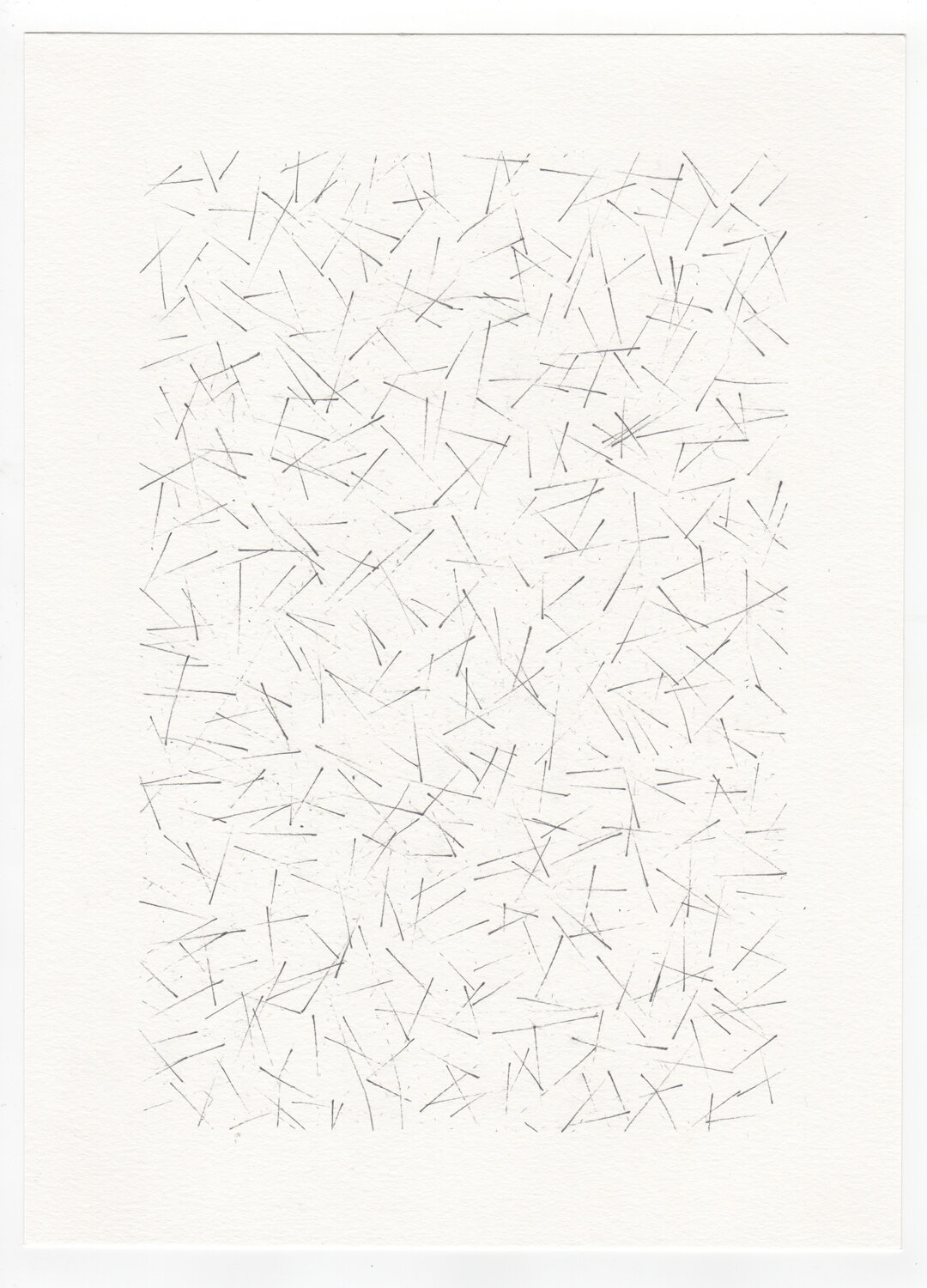
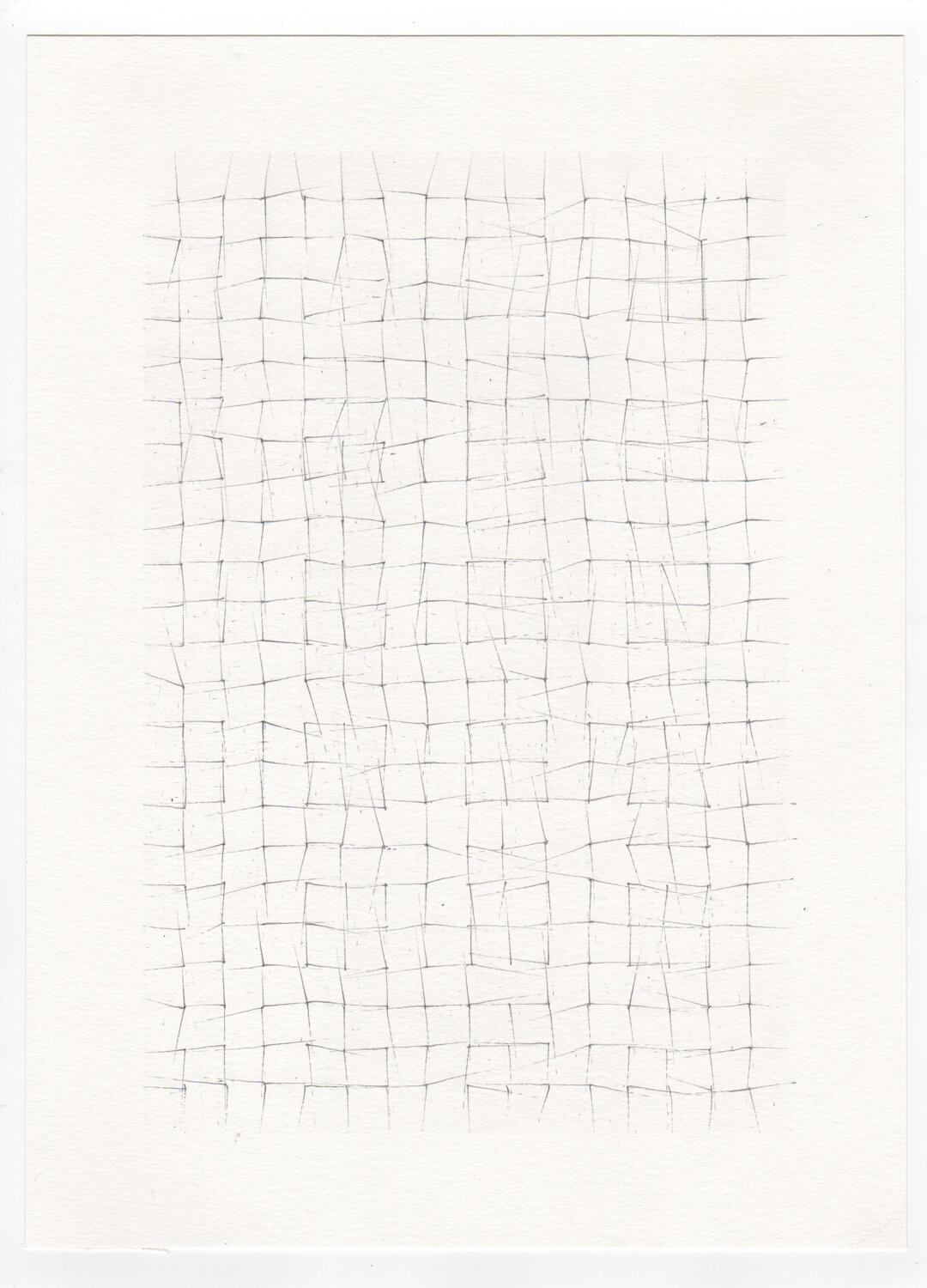
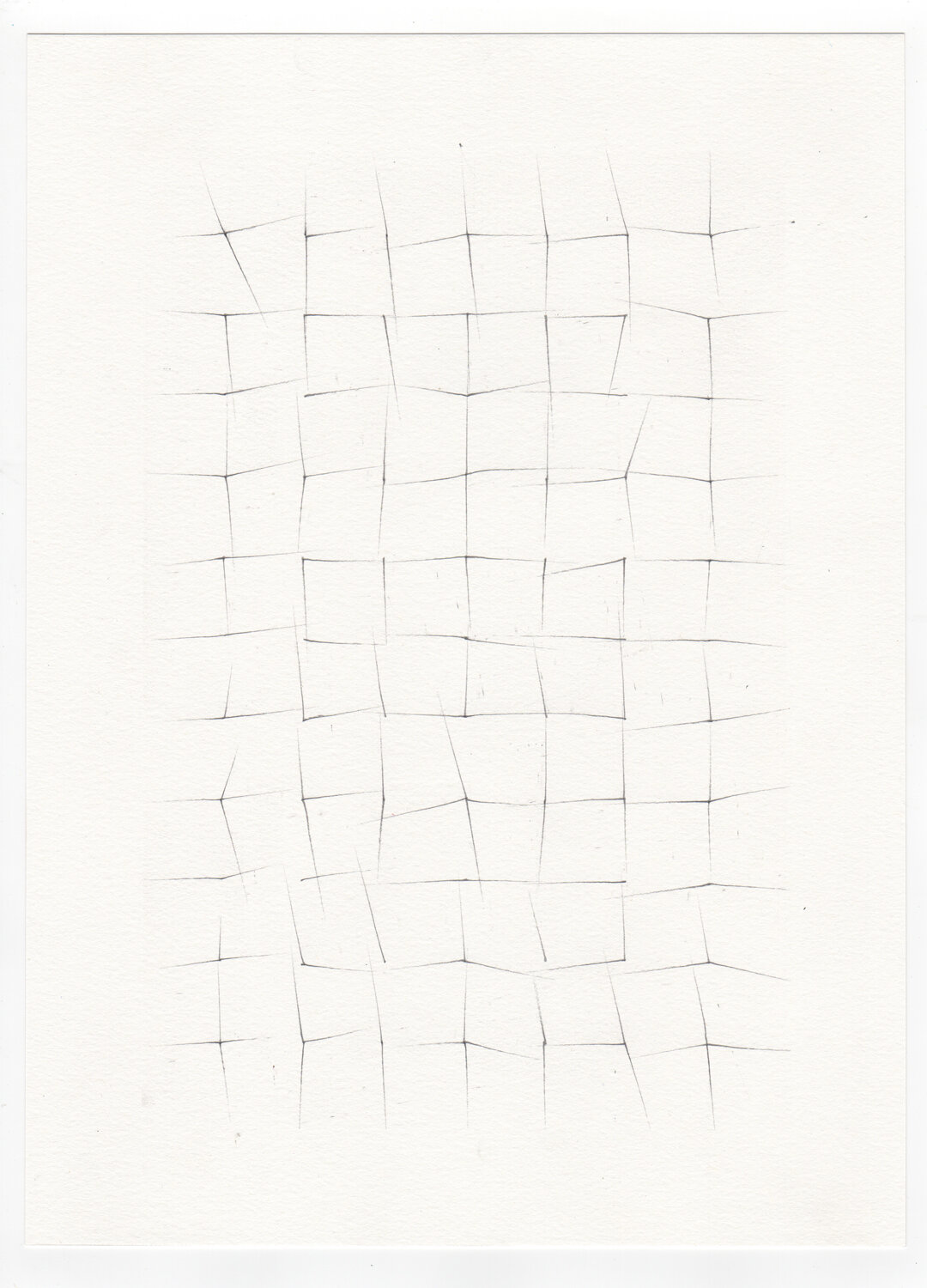
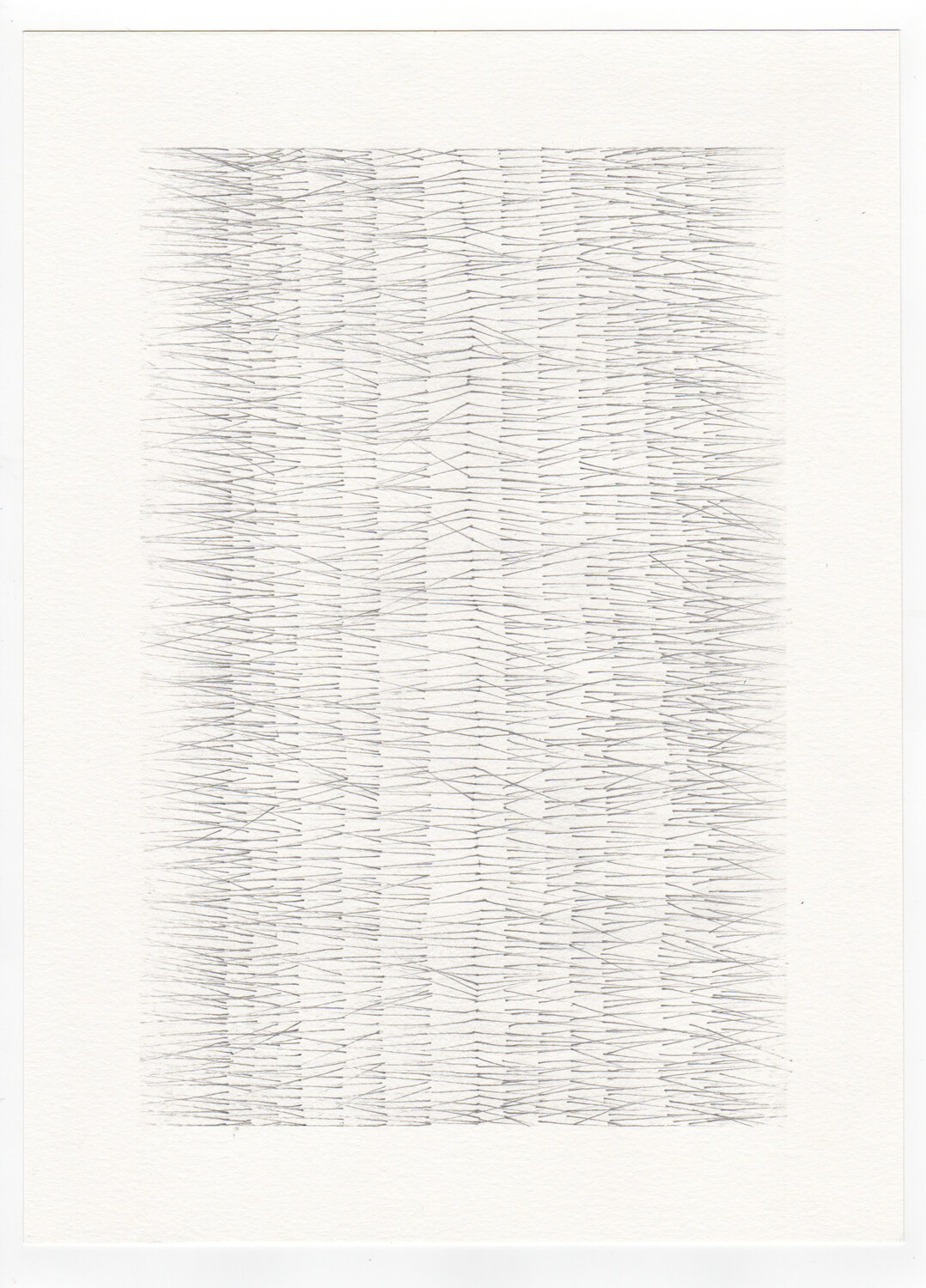
August Ventimiglia
Recent Work
This is August Ventimiglia’s first exhibit at the gallery and we are happy to be showing his Recent Work. It’s all about the marks! Ventimiglia’s graphite drawings are a testimonial to mark making – the drawings are rhythmic, a combination of random and purposeful lines. Using a graphite pencil, point to paper, he pushes down propelling the pencil thus leaving the mark. The 15 drawings created reveal a mastery of control from hours, days, weeks of commitment to process. The artist’s hand decides the beginning point – fate, practice, concentration, pressure direct the final line.
I make abstract drawings inspired by forms and processes in nature such as horizons, waves, tides, patterns, noises and sounds. I am interested in visualizing the experience of time, both the minute length of time it takes me to draw a single line and the imagined expanse of time we call the universe.
Recently, I have been making drawings using traditional graphite on paper. I like the simplicity of making marks with a familiar material and often am surprised at the colors that I perceive when the drawing is completed. I make marks by placing my finger on the top of the graphite pencil and pushing down and away, resulting in a “flicked” line that I could not otherwise draw repeatedly. The drawings are made up of lines, both intentional and unpremeditated. The drawings are subject to chance within the parameters that I set up for each drawing session. Some drawings reference the grid as if the graphite was woven into the fabric of the paper only to veer off the grid as an imperfect pattern. Other drawings are quite random in the distribution of marks and feel dense and chaotic. In all of the drawings, I seek to make the surface of the drawing resonate, as if it is sound or noise, not merely an image or recording of sound or noise. -August Ventimiglia


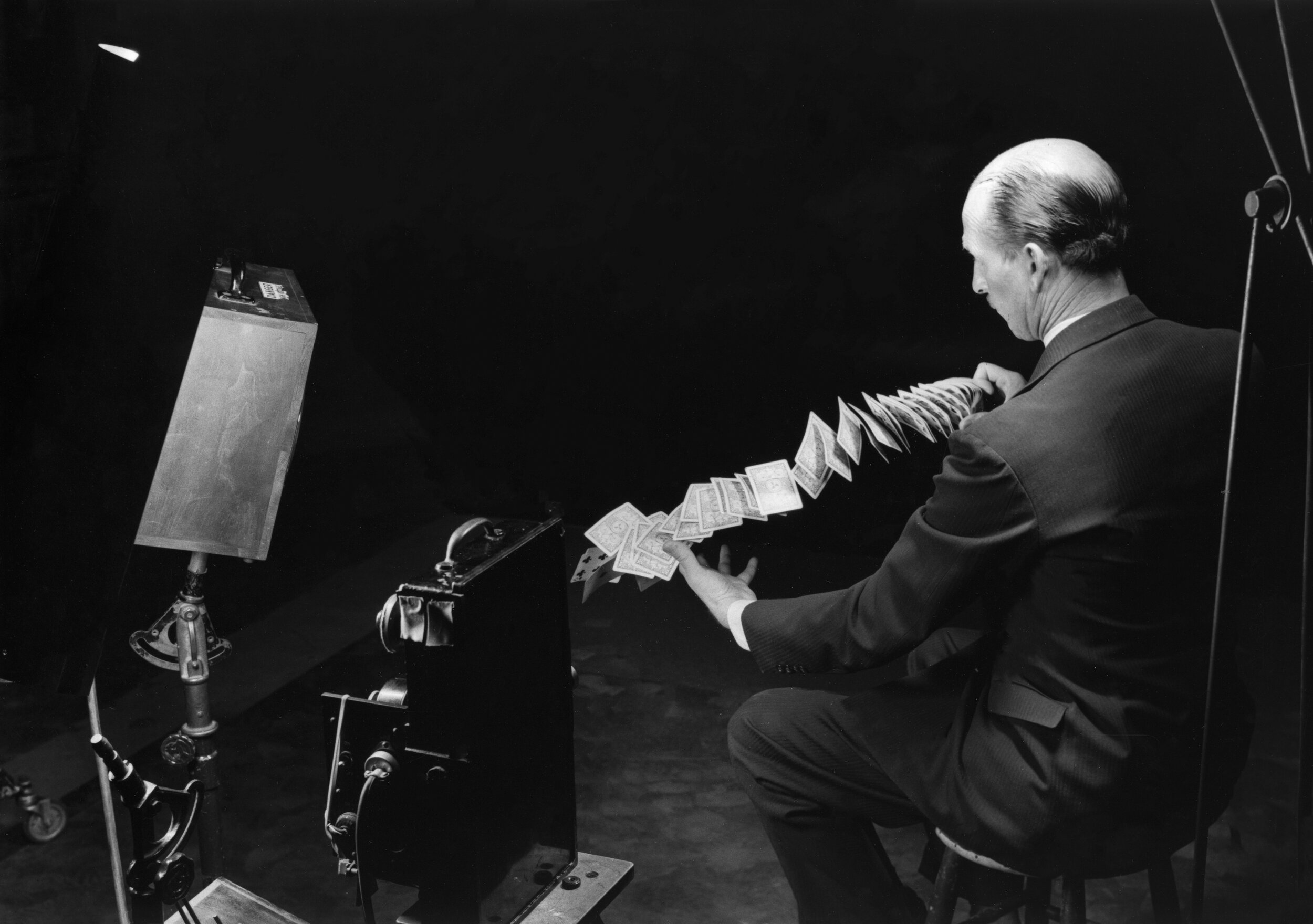
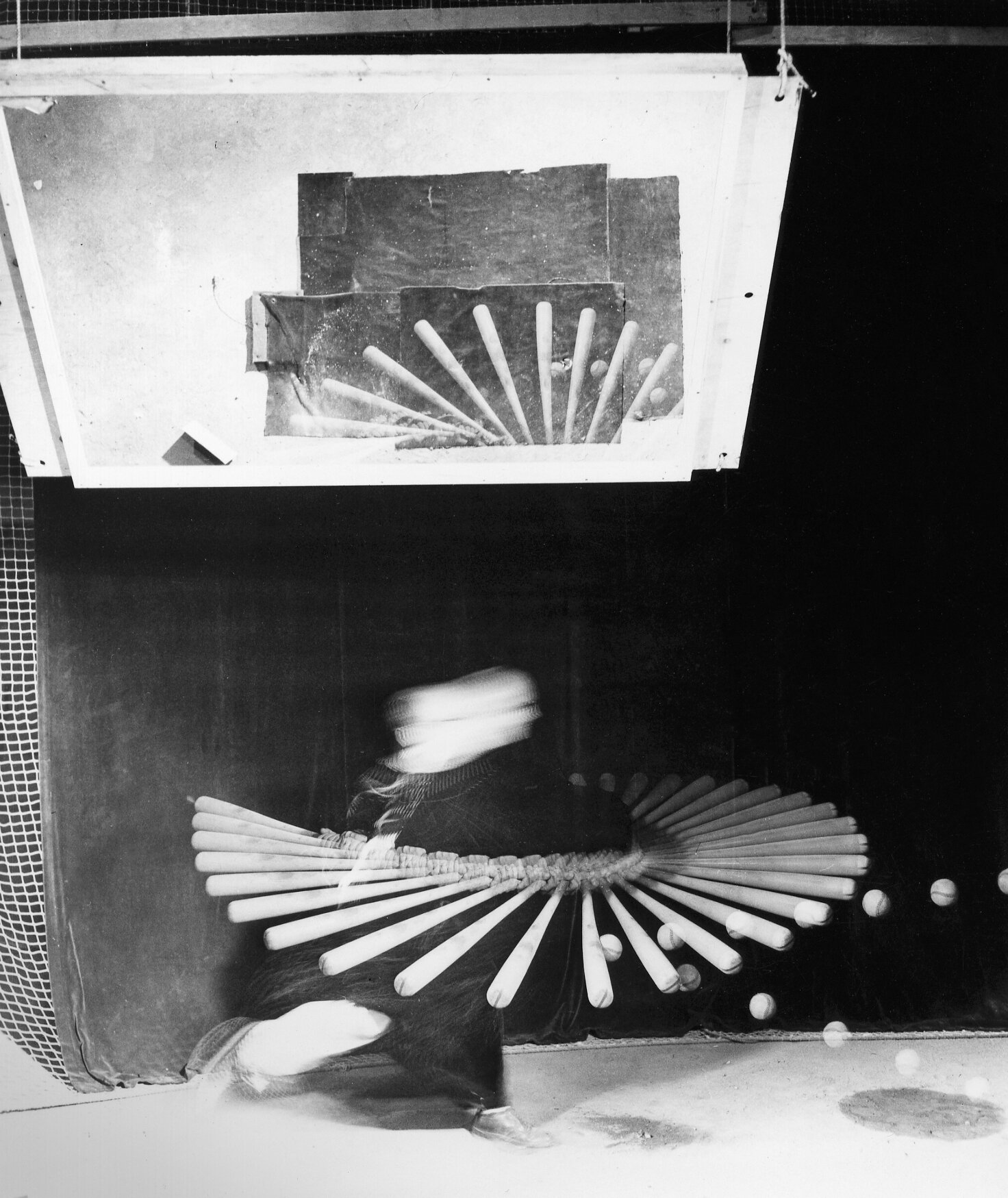
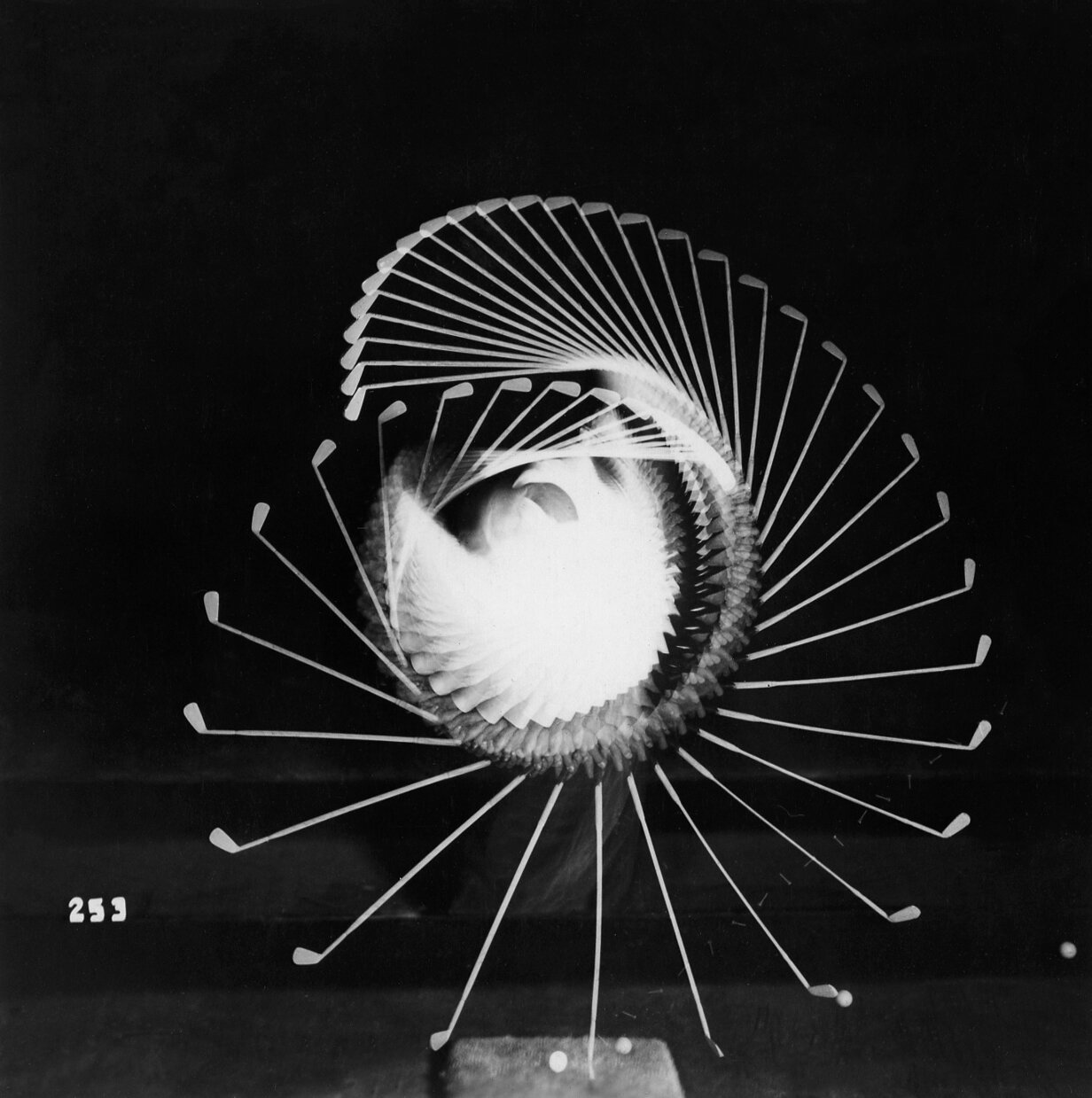
Harold Edgerton
Rarities is an exhibit of photographs that span Harold E. Edgerton’s career. Gus Kayafas, former student and Edgerton’s printer and photographic editor has selected these images from the Archive. Kayafas returned a few weeks ago from “Steidlville” where he oversaw the production of a new Steidl volume, Harold Edgerton: Seeing the Unseen, published in cooperation with the MIT Museum. Many of the prints in this exhibit are unique, all are quite rare, and a few are the actual prints used for the book reproductions. A selection of the press sheets for the book will be exhibited and copies of the book, if bound and shipped in time, will be available at the Gallery.
